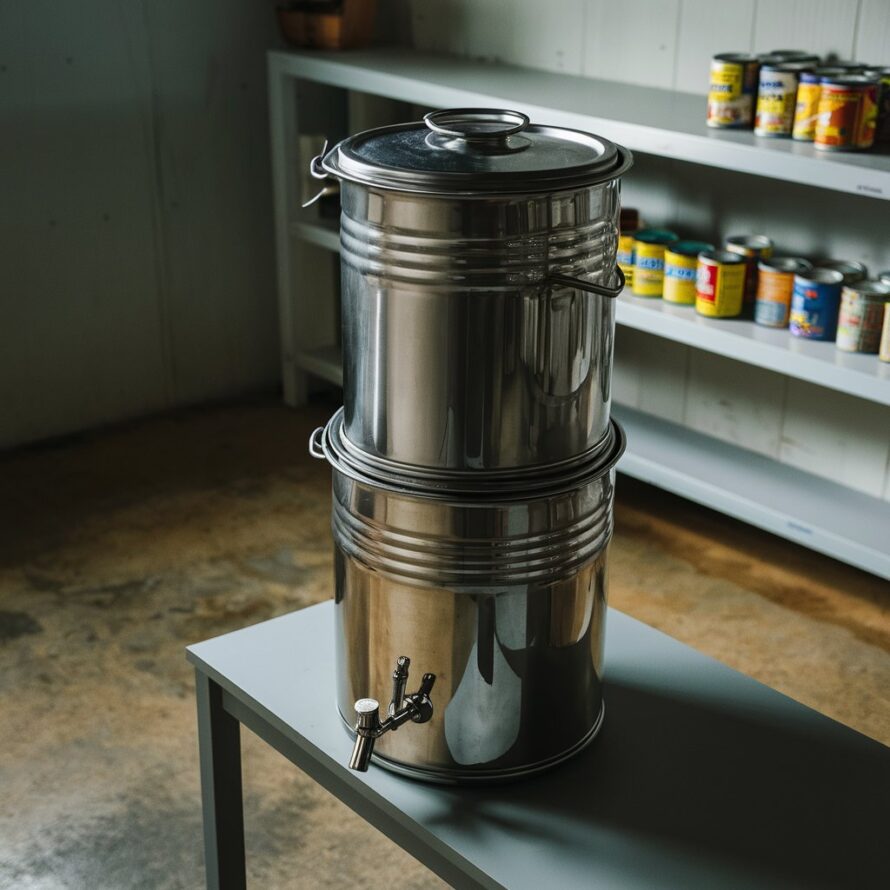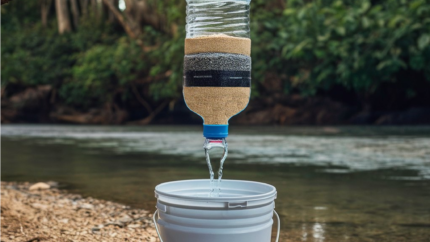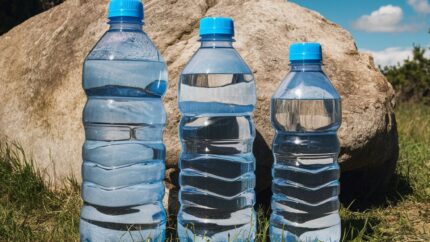While there are many methods to purify water, activated charcoal stands out for its ability to remove chemical contaminants and improve the taste of water. This method is often used in combination with other purification techniques to provide a comprehensive solution for water treatment.
Activated charcoal works through a process called adsorption, where contaminants stick to the surface of the charcoal. This makes it highly effective at removing a variety of chemical pollutants, including pesticides, herbicides, and volatile organic compounds (VOCs). It also helps in reducing unpleasant tastes and odors, making the water more palatable.
One practical application of activated charcoal is its use in portable water filters. Many popular water filters, like the LifeStraw Go, incorporate activated charcoal elements. These filters can be used to drink directly from water sources or to fill bottles with purified water. The activated charcoal not only improves the taste but also ensures that any harmful chemicals are removed.
Another example is the use of activated charcoal in gravity filters, such as the Waterdrop 2.25G Gravity-fed Water Filter System. These systems are excellent for base camps or group situations where larger volumes of water need to be purified. The water is poured into the top chamber, and as it passes through the charcoal filter, it comes out clean and safe to drink.
One of the primary advantages of activated charcoal is its ability to enhance the overall quality of water. While it doesn’t kill pathogens like bacteria or viruses, it effectively removes chemicals that can be harmful to health. This makes it an excellent addition to mechanical or chemical purification methods, providing a more comprehensive approach to water safety.
However, there are a few considerations to keep in mind. Activated charcoal filters have a limited lifespan and need to be replaced periodically to maintain their effectiveness. They can also become clogged with sediments, so it’s important to pre-filter water through a cloth or coffee filter if it’s particularly dirty. Additionally, activated charcoal does not remove pathogens, so it should be used in conjunction with other purification methods like boiling, chemical treatment, or UV purifiers to ensure the water is safe to drink.
Here are some tips to get the most out of activated charcoal in a survival situation.
- Always carry extra charcoal filters or cartridges if you anticipate needing to purify a lot of water.
- Store your activated charcoal in a dry, airtight container to prevent it from becoming saturated with moisture and contaminants.
- If you’re using a DIY setup, such as a homemade charcoal filter made from layers of sand, gravel, and charcoal, be sure to replace the charcoal regularly to maintain its effectiveness.
Activated charcoal has been widely used in various water purification systems due to its effectiveness. For instance, Brita filters, commonly used in households, rely on activated charcoal to remove chlorine, lead, and other contaminants, providing safe and great-tasting water. This principle can be applied to survival situations by using portable or improvised charcoal filters.
With its ability to remove chemical contaminants and improve taste, activated charcoal makes a valuable addition to any water purification strategy. While it should be used alongside other methods to ensure comprehensive water safety, its benefits are undeniable.


